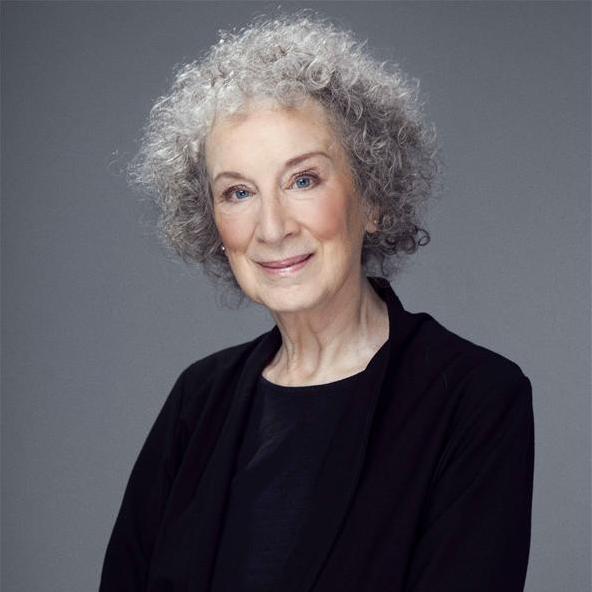RELECTIVE JOURNAL #5
A THOUSAND SPLENDID SUNS BY:KHALED HOSSEINI
AUTHOR
Khaled Hosseini (Persian: خالد حسینی [ˈxɒled hoˈsejni]; /ˈhɑːlɛd hoʊˈseɪni/;[1] born March 4, 1965) is an Afghan-born American novelist and physician.] After graduating from college, he worked as a doctor in California, an occupation that he likened to "an arranged marriage". He has published three novels, most notably his 2003 debut The Kite Runner, all of which are at least partially set in Afghanistan and feature an Afghan as the protagonist. Following the success of The Kite Runner he retired from medicine to write full-time.
Hosseini was born in Kabul, Afghanistan. His father worked as a diplomat, and when Hosseini was 11 years old, the family moved to France; four years later, they applied for asylum in the United States, where he later became a citizen. Hosseini did not return to Afghanistan until 2001 at the age of 36, where he "felt like a tourist in [his] own country". In interviews about the experience, he admitted to sometimes feeling survivor's guilt for having been able to leave the country before the Soviet invasion and subsequent wars.
All three of his novels became bestsellers: The Kite Runner spent 101 weeks on The New York Times Best Seller list, four of them at number one. A Thousand Splendid Suns (2007) was a Times Best Seller for 103 weeks, 15 at number one. And the Mountains Echoed (2013) debuted near the top of the Times list and remained on it for 33 weeks until January 2014
SUMMARY
Mariam, an Afghani woman, remembers her mother calling her aharami when she was five years old — although it is many years later before she learns the word means "bastard child." Before Mariam's birth, her mother, Nana, was a housekeeper for a wealthy businessman in Herat named Jalil. Jalil impregnates Nana, and she and Mariam live in a kolba (small cottage) outside of the town. As a girl, Miriam loves Thursday visits from Jalil, who tells her stories of Herat, although she never visits the city and her mother takes pains to remind the growing girl that her father brings her only stories, none of the wealth Jalil describes to her.
As Mariam grows older, she learns her father has three wives and nine legitimate children. However, Mariam's love for Jalil does not diminish, even after she learns he banished her mother after their affair resulted in a pregnancy. Nana, a bitter woman, frequently reminds Mariam of her father's abandonment, and is upset that Jalil placed the blame on her as if he had no part in their affair.
REFLECTION
In this literary piece, I learned that we need to accept any religion for example we encounter muslim person we don't need to judge them immediately. I had a classmate before and he is a muslim. And that time I'm afraid to him. I don't know why, I think its because it almost all people is like that if they encounter muslim they always scared. But my classmate is different actually he was my first friend in our classroom. So I realize that we don't need to afraid in muslims because they just like us, normal people now I learned that we don't need to judge any personalities.
